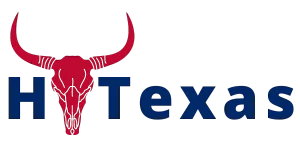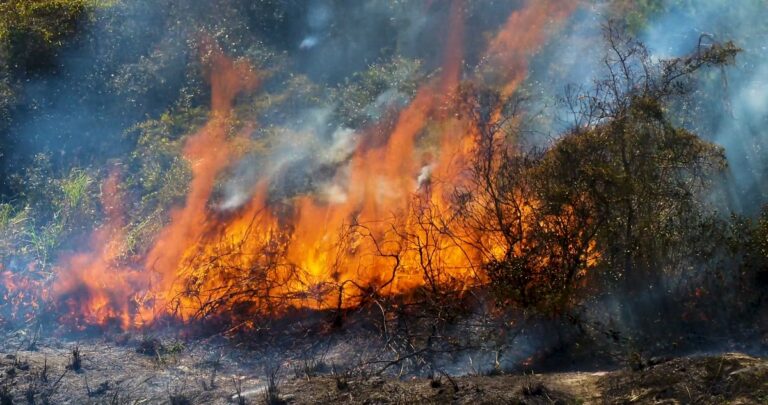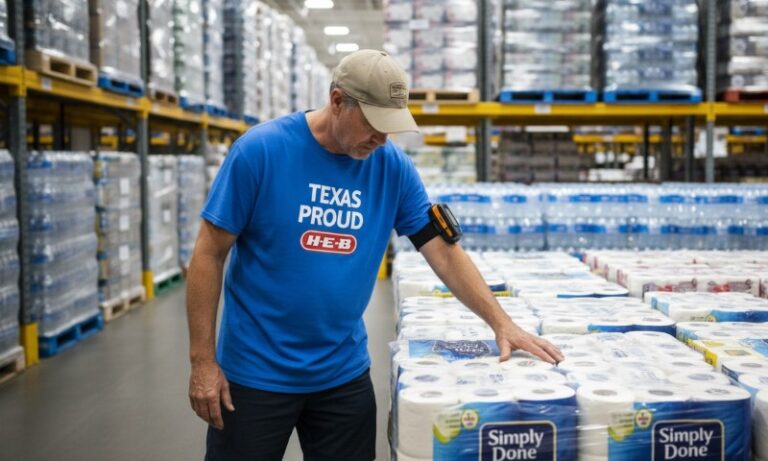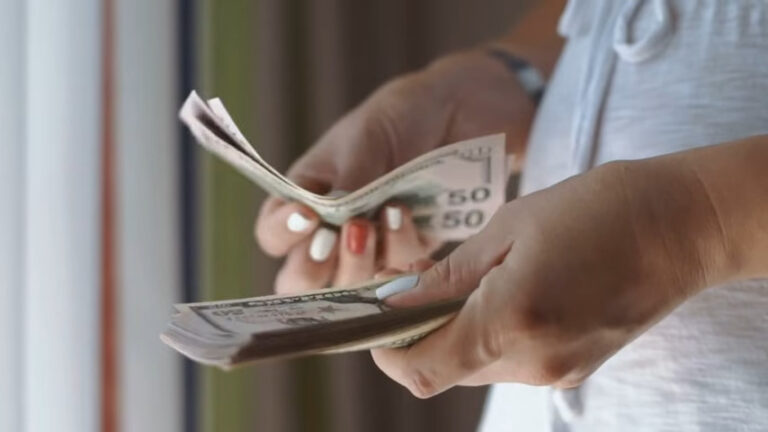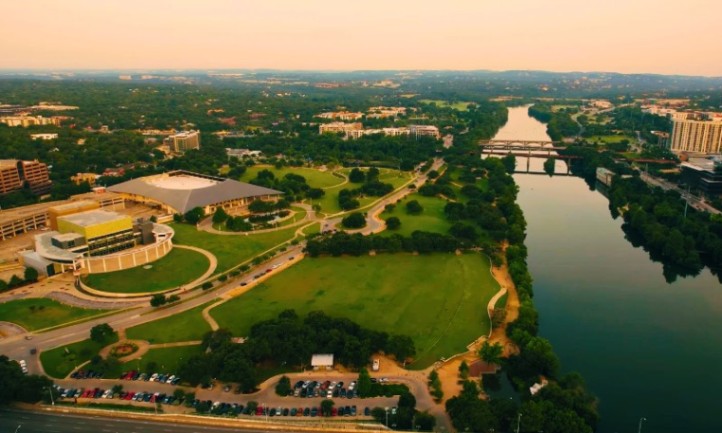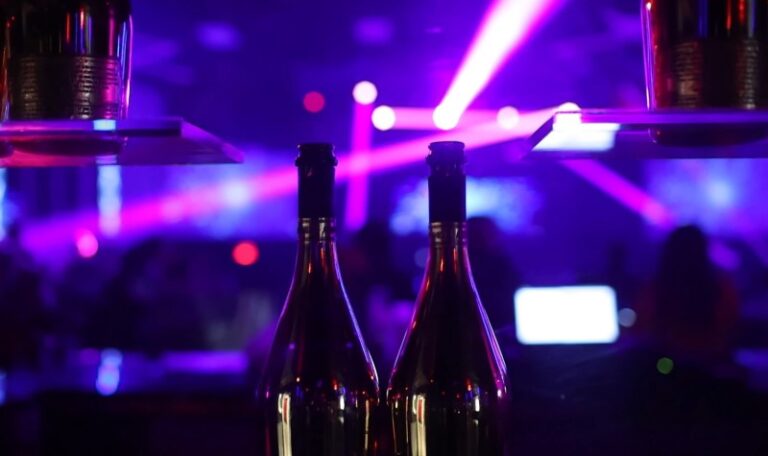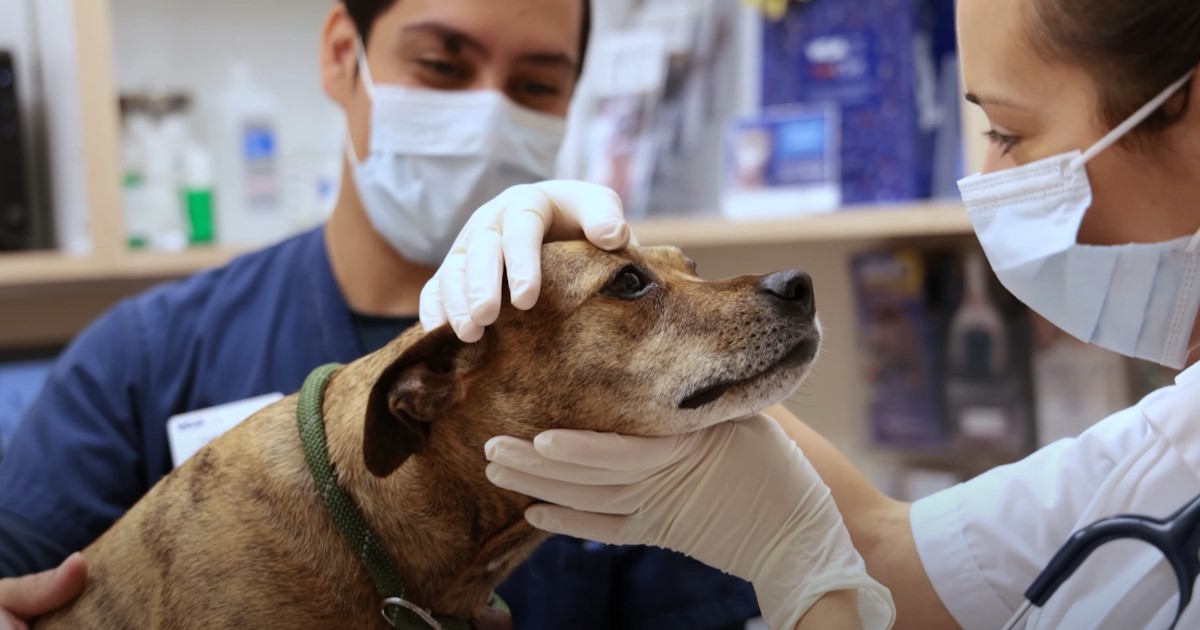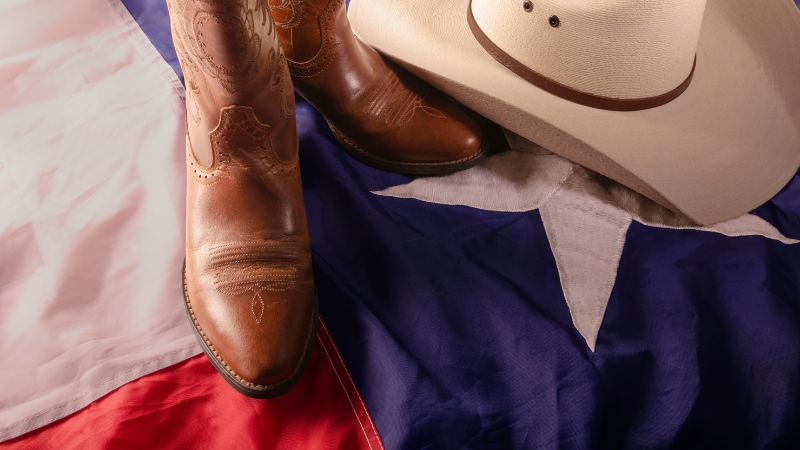Bexar County has entered a critical phase in fire prevention following the Silver Mountain Fire. The blaze began as a residential burn near Applewhite Road and Silver Mountain Drive on August 5, 2025.
What started as a controlled fire quickly grew out of hand, scorching around 262 acres and forcing evacuations of nearby homes.
Dry brush and high winds fueled its rapid spread, leaving local residents shaken and officials on high alert.
In response to the disaster, county leaders moved quickly to establish preventive measures.
On August 12, 2025, the Commissioners Court approved a 90-day burn ban.
The measure applies across unincorporated areas of Bexar County and is aimed at reducing the likelihood of similar events while conditions remain hazardous.
Table of Contents
ToggleTimeline & Background
A clear picture of the Silver Mountain Fire and the subsequent burn ban requires looking at how the fire unfolded, how officials contained it, and the process that led to official restrictions.
Fire Development and Containment
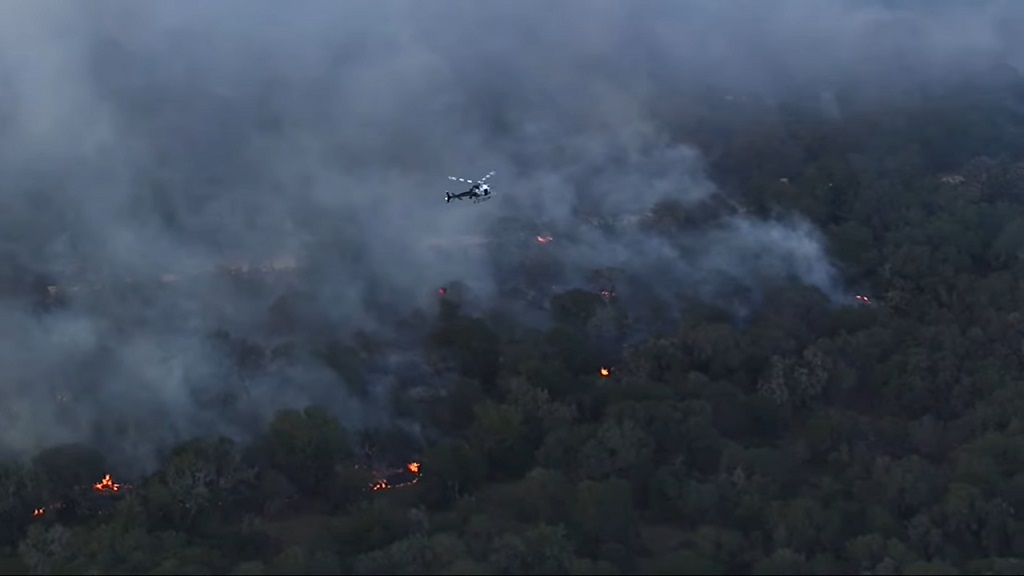
Silver Mountain Fire grew at a rate that alarmed both residents and first responders. Flames quickly spread through southern Bexar County, with varying reports estimating between 300 and 400 acres scorched at the fire’s peak.
The situation escalated so rapidly that dozens of homes required mandatory evacuation. Families rushed to leave while emergency crews fought to establish control lines.
Fire suppression efforts were extensive, with agencies deploying bulldozers to carve firebreaks, helicopters and aircraft to drop water, and ground teams working tirelessly around the clock.
Their combined effort slowed the fire’s advance and eventually stabilized the situation.
By August 6, officials reported containment levels between 70% and 95%. Increased humidity helped dampen the flames and allowed firefighters to gain the upper hand.
Despite progress, the event highlighted the county’s extreme vulnerability during prolonged droughts, underscoring how quickly conditions can escalate into disaster.
Key elements of containment efforts included:
- Mandatory evacuations for dozens of households.
- Bulldozers and ground crews cutting containment lines.
- Aerial drops of water and fire retardant.
- Rising humidity levels assisting firefighting efforts.
Official Recommendation and Approval
With containment underway, officials began focusing on prevention. On August 6, Fire Marshal Chris Lopez publicly declared his intention to recommend a countywide burn ban.
He emphasized the ongoing fire danger caused by dry conditions and stressed that proactive measures were essential.
At the Commissioners Court meeting on August 12, the proposal was formally introduced. County leaders voted unanimously to enact the ban, which took effect immediately.
Their decision reflected not only the urgency of the moment but also a recognition that prolonged drought and human activity created conditions ripe for another wildfire.
Safety Tips & Precautions
The burn ban addresses direct fire hazards, but residents also play an active role in preventing accidental ignition.
Fire-prone Conditions
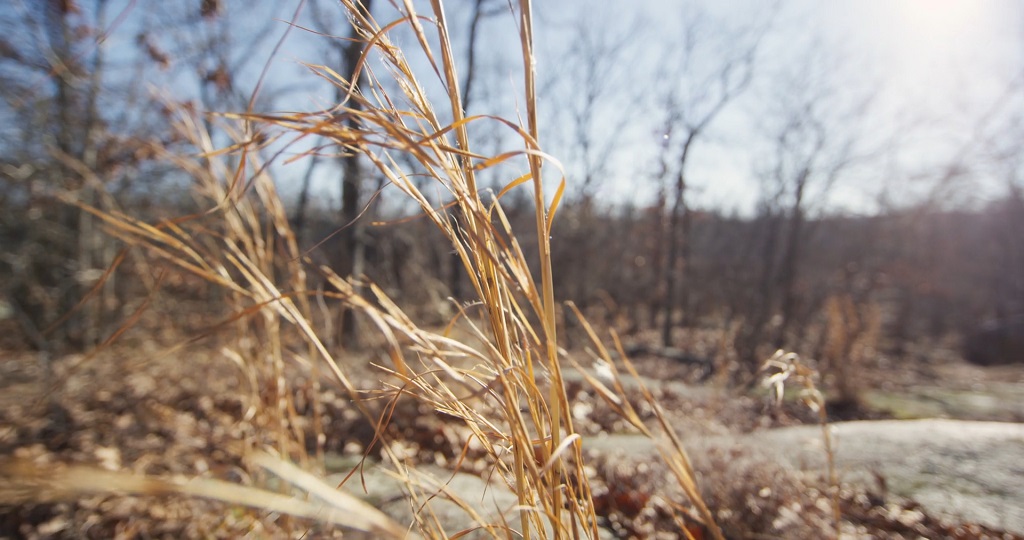
Dry vegetation remains a constant hazard in Bexar County. Even after periods of light rain, grass and brush can return to dangerously dry conditions within days.
A single spark can trigger widespread damage, making daily caution essential.
Best Practices to Avoid Triggering Wildfires
Residents should adopt responsible behaviors to minimize risks.
Recommended practices include:
- Avoid driving or parking vehicles on dry grass.
- Refrain from welding, grinding, or cutting near combustible brush.
- Clear yards of woodpiles, propane tanks, and overgrown vegetation.
- Keep water hoses, buckets, or extinguishers ready when working outdoors.
Ensure permitted barrel burns are fully extinguished before leaving them unattended.
General Wildfire Safety Guidance
Community preparedness plays an important role in wildfire prevention.
County officials encourage residents to explore educational resources that provide actionable steps to protect homes and families.
For those who suffer injuries due to burns or trauma during wildfire-related incidents, OccuHealth offers immediate access to specialized treatment, helping ensure faster recovery with expert care.
Resources offering safety strategies:
- Firewise Landscaping programs focused on reducing ignition risks near homes.
- Ready, Set, GO! guidelines for evacuation planning and wildfire preparedness.
By following these precautions, residents can significantly reduce the chance of repeating disasters like the Silver Mountain Fire.
Scope of the Burn Ban
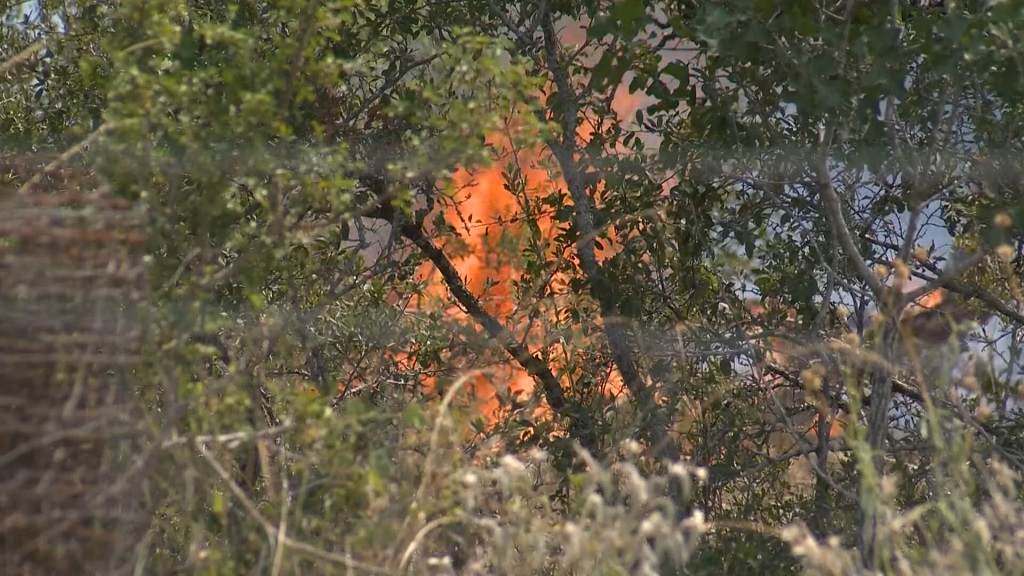
Authorities established clear boundaries and guidelines to ensure that residents understood the extent of the restrictions.
Geographic Coverage
The burn ban applies only to unincorporated areas of Bexar County.
These rural and suburban regions typically face higher wildfire risks due to large expanses of dry vegetation and less access to municipal fire services.
Residents within incorporated cities remain governed by their own local ordinances, but much of the county’s at-risk population is covered under the countywide order.
Duration
The ban took effect on August 12 and is scheduled to remain in place until November 10, 2025. Officials retain the authority to extend or adjust the timeline depending on drought severity and seasonal weather changes.
Legal Implications & Penalties
Violations of the burn ban carry serious consequences. An individual who disregards the rules commits a Class C misdemeanor, punishable with fines of up to $500.
More severe outcomes occur if illegal burning causes damage to another person’s property, which can elevate charges to the felony level.
Property owners responsible for the original Silver Mountain incident were issued a notice but avoided criminal charges, as their fire did not spread into neighboring properties.
Officials, however, issued clear warnings that future negligence could lead to criminal prosecution.
Legal points to note:
- Class C misdemeanor: fines up to $500.
- Felony charges possible if damage spreads to others’ property.
- Warnings issued for the Silver Mountain incident, but no charges filed.
Rules & Restrictions under the Burn Ban
The restrictions aim to balance safety with limited allowances for essential activities.
Allowed Burning Activities
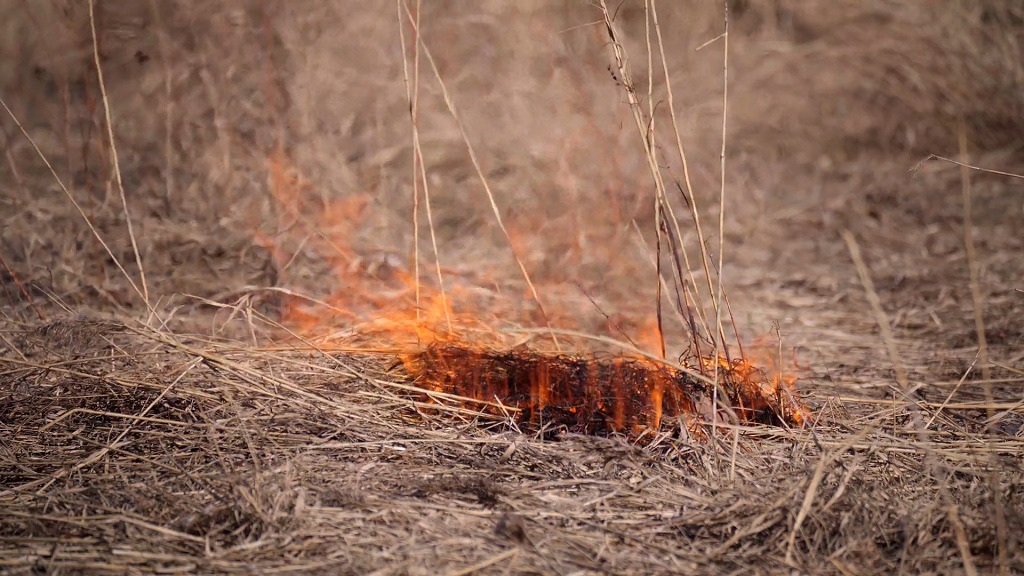
In past burn bans, certain controlled activities were permitted. Limited domestic waste burning in enclosed barrels fitted with metal wire mesh screens was sometimes allowed.
Such activities were restricted to residents without trash collection services and were only acceptable when conditions were calm.
Conditions typically required for allowed burning:
- No municipal trash collection service available.
- Enclosed barrels equipped with wire mesh screens.
- Winds under 15 mph at the time of burning.
- Water hoses or suppression tools kept nearby.
Residents are advised to confirm current rules with the Fire Marshal’s office, as exceptions may vary under the present ban.
Prohibited Activities
All other outdoor burning remains prohibited. These restrictions cover a wide range of activities that might spark another wildfire.
Banned activities include:
- Burning brush piles or tree limbs.
- Leaf and yard waste burning.
- Construction debris burning.
- Open pit fires without explicit authorization.
Enforcement Notes
Fire Marshal Chris Lopez has stressed accountability.
While individuals cannot be forced to cover firefighting costs, they remain liable for fines and potential criminal prosecution if their actions cause destructive wildfires.
County officials continue to monitor compliance closely.
Where to Find More Information
Residents seeking updates on the burn ban or clarification on permitted activities should visit the Bexar County Fire Marshal’s Office or check the official county website at bexar.org/fmo.
Local news outlets and emergency management channels will also provide timely alerts on changes to the burn ban status.
